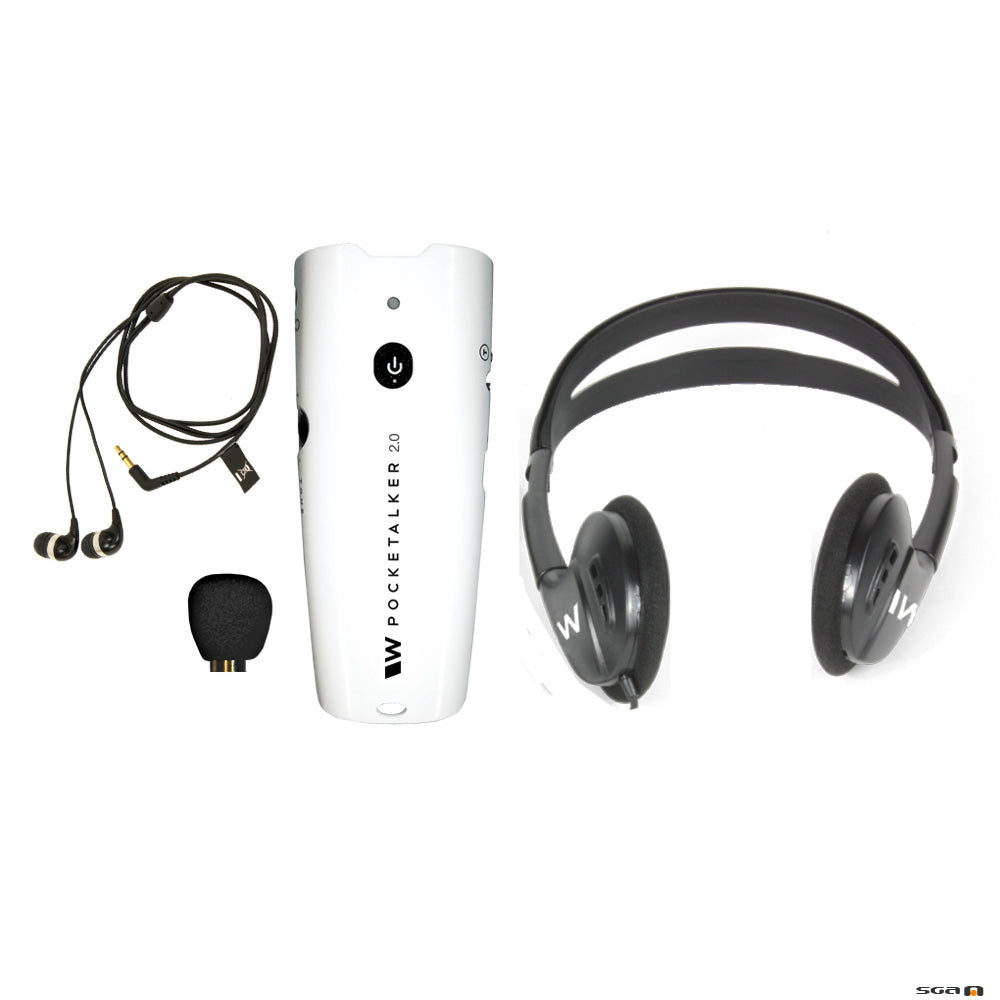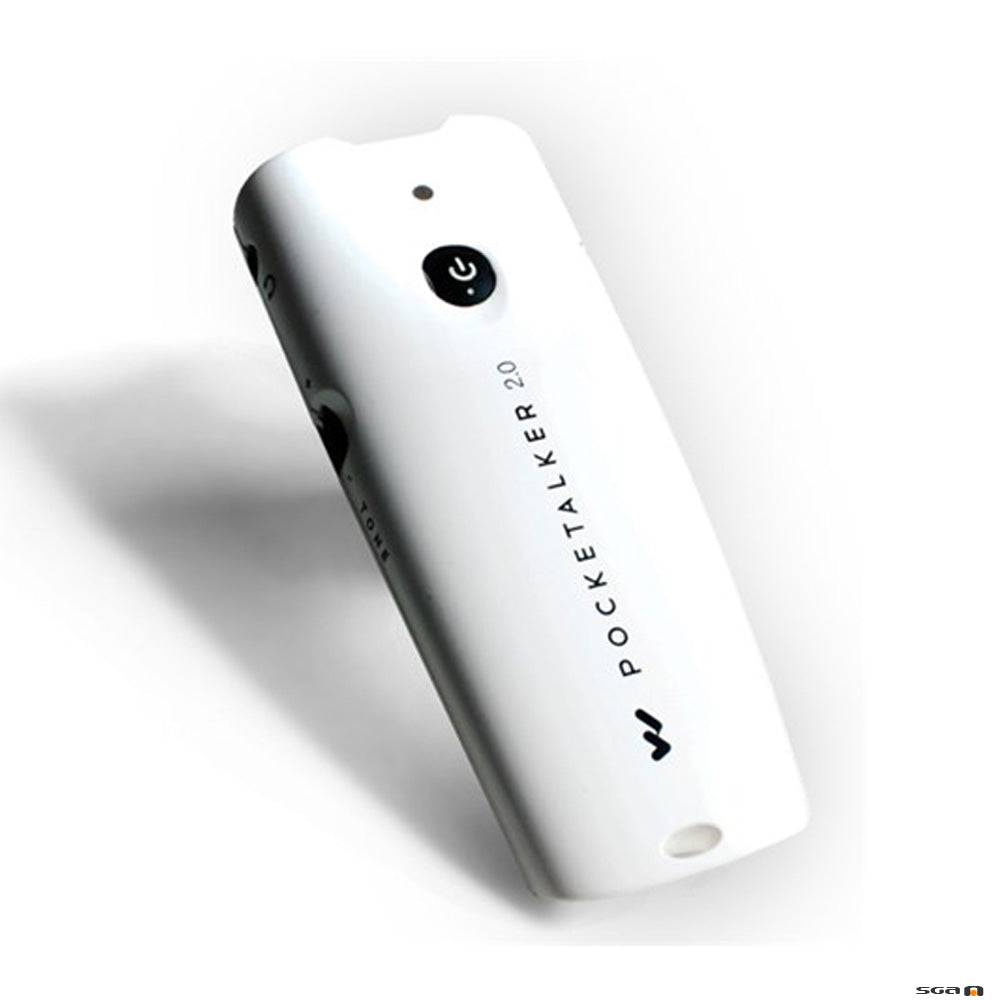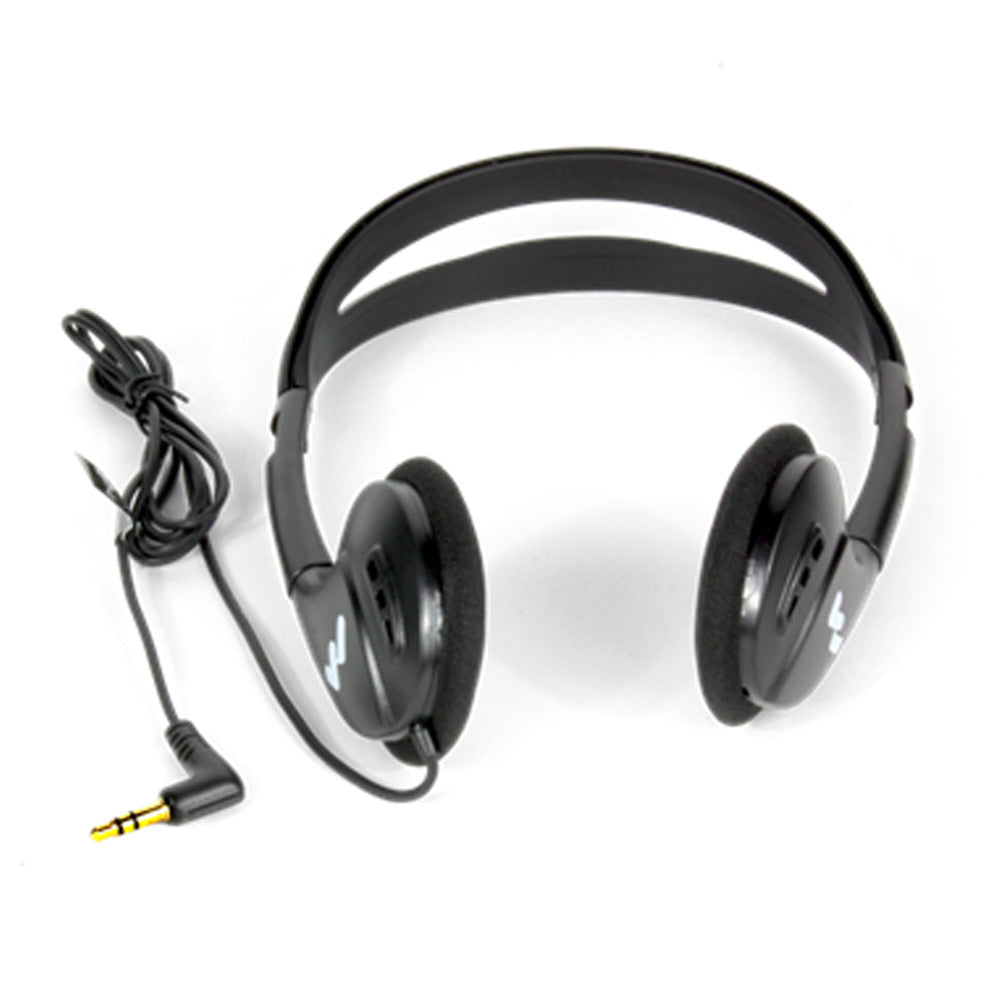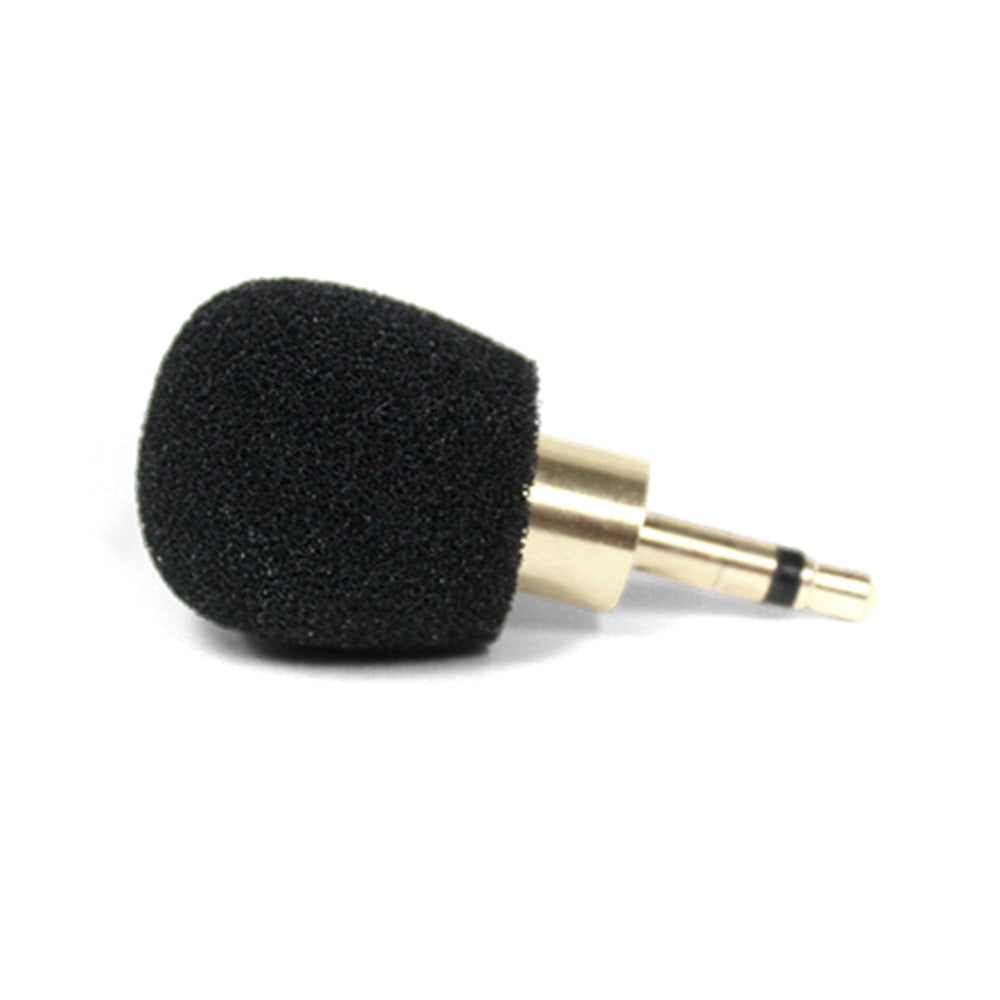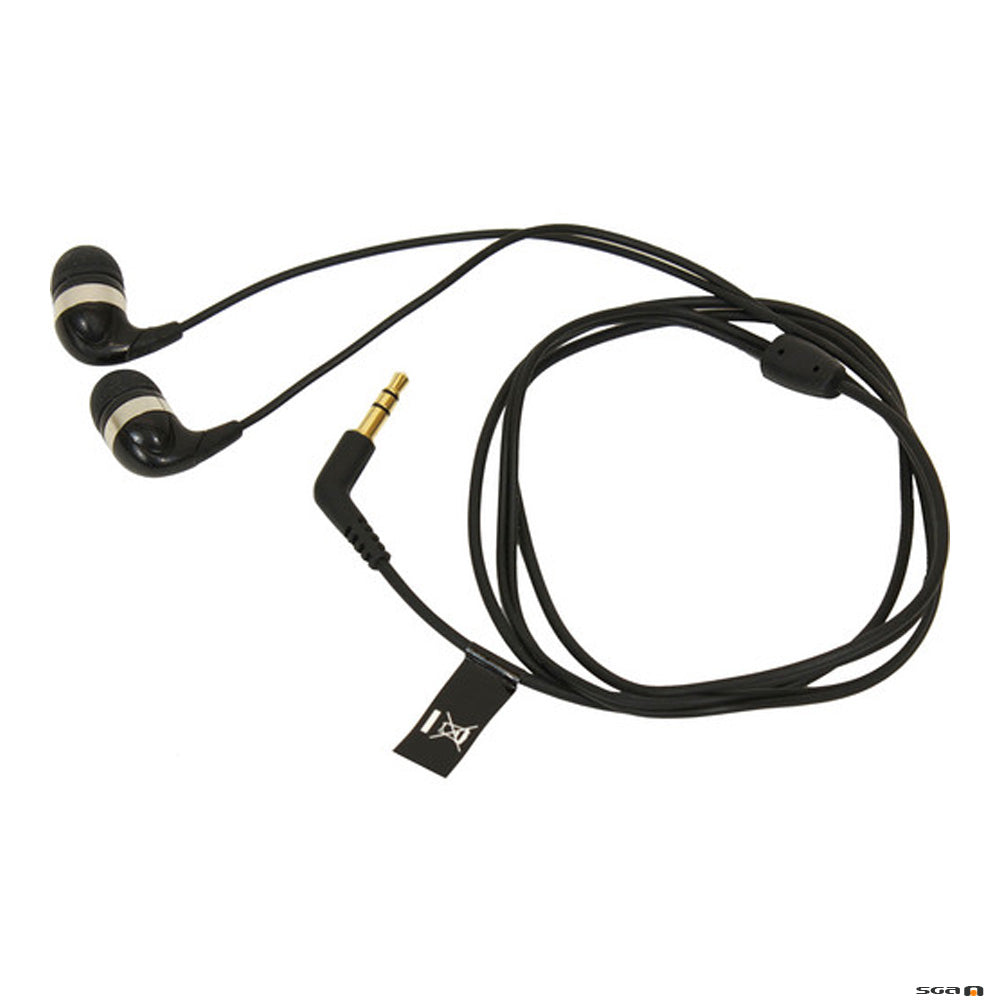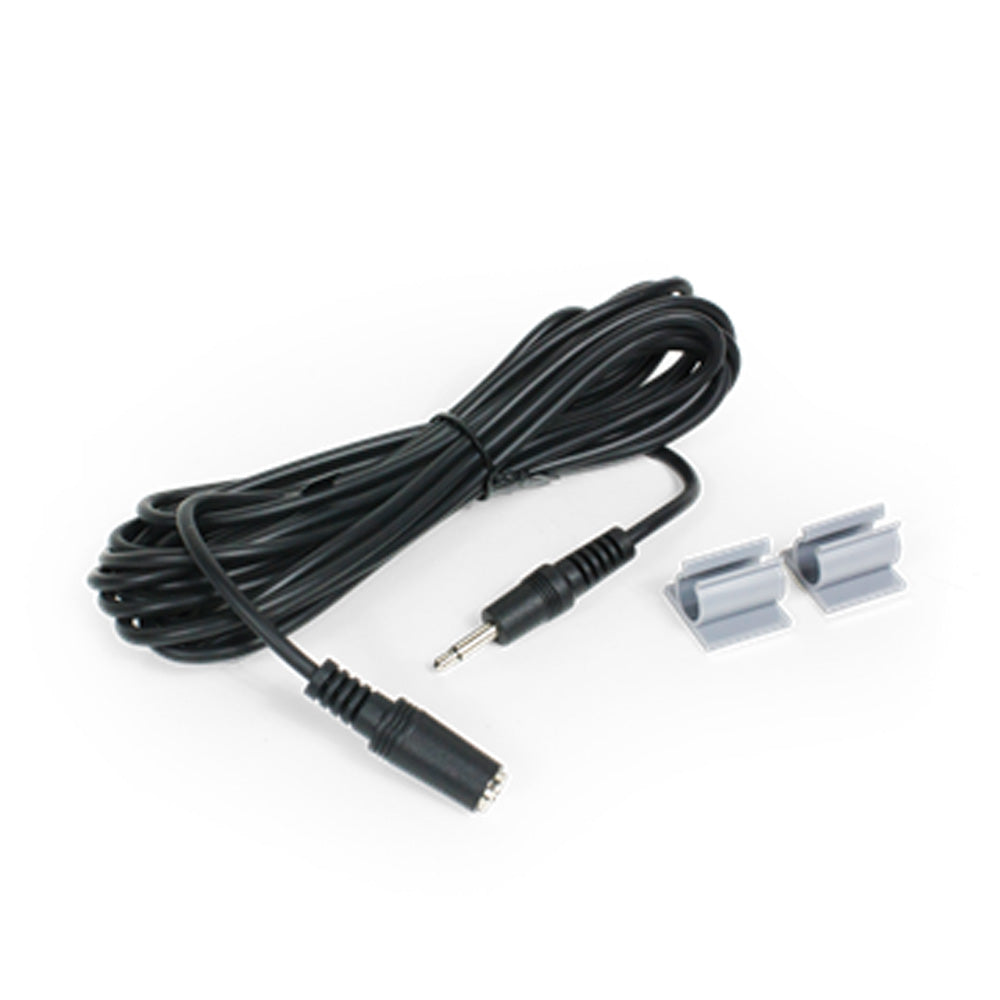Product Enquiry Form
Delivery Charges
Freight Charges within Australia
Soundgear Australia will do their very best, to ensure your order arrives as quickly as possible. We use an integrated network of post and road companies like StarTrack, TNT, Go Logistics, and Australia Post to deliver Australia wide. We will do our best to ship as quick as possible.
Oversize Items:
- Oversize items or multiple items such as horns, speakers, sports packs, may also incur additional charges to those calculated at checkout. We will contact you with any additional charges.
GENERAL AUDIO (excludes Lecterns-see Lectern pricing below)
| Price Range | Cost | Method |
| Up to 25 | $15 | Express Post |
| $26 to $300 | $25 | Post / Road |
| $301 to $500 | $28 | Post / Road |
| $501 to $1000 | $30 | Post / Road |
| $1001 to $2500 | $45 |
Post / Road |
Oversize Items:
- Oversize items or multiple items such as horns, speakers, sports packs, may also incur additional charges to those calculated at checkout. We will contact you with any additional charges.
Freight charges to W.A /N.T/Far North QLD, Regional and Rural areas:
- Additional charges to those listed may apply.
- Please contact us for a quote.
- If you place an order and we can’t get it to you for the freight charged we will contact you and let you know of the additional charges.
Sending to Residential Addresses:
- For all residential deliveries an additional $27.50 Inc-GST may also be charged for certain brands (Mipro, Bosch, Earthworks, Alfatron, FBT, Antari).
- If we cannot express Post it and it needs to go with a courier service, the additional residential fee will apply.
- If you have placed an order online we will contact you if this additional charge applies. Please feel free to call us on 02 9585 8687 to check the freight charge.
Deliveries to residential address need an “ATL” (authority to leave goods)
- Please leave us a note at check out advising us of an “ATL” ie/porch, front door etc should you not be home to sign.
| Price Range | Cost | Method Delivery times |
| Zone A | $110 | Zone A Areas (Sydney, Melbourne, Canberra, Adelaide, Newcastle, Wollongong) |
| Zone B | $242 | Country /Regional-All states, Perth, QLD -(excluding TAS /N.T) |
| Zone C | Quote required for TAS /N.T | |
| Note: | Zone A only calculated at checkout. All other zones will need to be charged separately. We will contact you to arrange this. |
**WE DO NOT SHIP OVERSEAS**
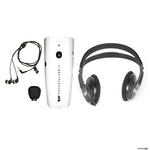
Regular price
$549.00
Regular price
Sale price
$549.00
Hear what you want to hear by amplifying the sounds and voices most important to you with Williams AV Pocketalker PKT.20
Simply plug the included earphone or headphone into the headphone jack. Position the internal microphone near the preferred sound and adjust the volume and tone control until the sounds you want to hear are clear.
The It helps you hear what you want to hear by reducing distracting background noise.
System Includes
1-Pocktalker 2.0 personal amplifier (includes internal microphone)
1-MIC 014-R plug-in (no cord) microphone
1 – HED 024 folding headphone
1 – EAR 042 isolation earphone
1-BAT 010-2 two AAA alkaline batteries
1-WCA 007 WC 3.5mm male to 2.5mm female cable with mounting clips (12ft)
1-RCS 003 lanyard
All accessories can be purchased separately
Simply plug the included earphone or headphone into the headphone jack. Position the internal microphone near the preferred sound and adjust the volume and tone control until the sounds you want to hear are clear.
The It helps you hear what you want to hear by reducing distracting background noise.
System Includes
1-Pocktalker 2.0 personal amplifier (includes internal microphone)
1-MIC 014-R plug-in (no cord) microphone
1 – HED 024 folding headphone
1 – EAR 042 isolation earphone
1-BAT 010-2 two AAA alkaline batteries
1-WCA 007 WC 3.5mm male to 2.5mm female cable with mounting clips (12ft)
1-RCS 003 lanyard
All accessories can be purchased separately
- Ergonomic, lightweight design
- Extended high and low frequency range
- Superior sound quality
- Internal microphone
- Built-in T-coil loop compatible
- Rechargeable ready
CE (Note 1) Approval
PKT 2.0 EH
Dimensions:
4.9” L x 2.0” W x 1.0” H. (124mm x 51mm x 25mm) (Not including clip or microphone assembly)
Weight:
3.1 oz. (88 grams) (with batteries)
Color/material:
White ABS/Polycarbonate molded plastic case.
*Battery Type:
Two (AAA size), either 1.5 VDC Alkaline* or 1.2 VDC NiMH rechargeable*
(Williams Sound BAT 010-2 Alkaline or BAT 022-2 NiMH)
Battery Life:
Up to 105 hours (typical usage) with the BAT 010-2 (Alkaline).
Low Battery Indicator: Power “On” Green light on front panel flashes.
**NiMH battery Charging:
Charging: 16 hours with BAT 022-2. Red LED blinks when charging.
End of Charge: Red LED is on solid. At end of charge, maintenance charge is provided.
NOTE: Charging requires optional charging kit BAT KT8.
Microphone:
Internal, omnidirectional MEMS microphone (micro-electro-mechanical system).
Optional External, omnidirectional, plug-in electret microphone with foam windscreen and 3.5mm mono plug (MIC 014-R).
T-Coil:
Internal with on/off switch and LED indicator.
Tone Control:
External rotary control knob allows user to adjust high/low frequency to optimize hearing.
***Balance Control:
Adjusts Left/Right Volume Balance
Power/Volume Control:
External rotary volume control knob with integrated power ON-OFF switch.
Microphone Jack:
3.5 mm, stereo mini plug.
Tip=Mic signal, Ring=NC, Sleeve=Gnd.
Headphone Jack:
3.5 mm, stereo mini plug.
Tip=Left/Mono, Ring=Right, Sleeve=Gnd.
Optional Accessories:
Clip: CLP 014; Allows the user to clip MIC 014 to clothing such as a lapel or shirt pocket.
Lanyard: RCS 003; Allows user to wear unit around the neck, or as a wrist strap.
3.5mm-3.5mm Extension Cord: WCA 007 WC; extends an external microphone to 12 ft.
Stereo Earphones / Headphones / Neckloop:
EAR 042 / HED 024, HED 036 / NKL 001-S (stereo) Neckloop
Mono Earphones / Headphones / Neckloop***:
EAR 013, EAR 008, EAR 022, EAR 041 / HED 021, HED 027 / NKL 001 (mono) Neckloop
Charging Kits: BAT KT8 (International)
Approvals:
CE (Note 1), RoHS2 (Note 2), FCC, IC, WEEE (Note 3)
Warranty:
5 years, parts and labor (90 days on accessories)
Electrical Specifications (1 kHz Sine Wave reference) Typical
Power output:
52 mW (max) into 32 ohms (Stereo)
ALC:
Automatic Level Control; Limits maximum output level
Distortion:
1% THD (max)
Max gain:
63 dB @ 2.5 kHz (Tone=High)
Operational temperature:
41°F to 104°F (5°C to 40°C)
Frequency response
Tone Control at high position:
2.7dB boost at 5 kHz, 6.7dB cut at 400 Hz.
Tone Control at mid position:
0.6dB cut at 5 kHz, 2.9dB cut at 400 Hz.
Tone Control at low position:
2.0dB cut at 5 kHz, 3.0dB boost at 400 Hz.
SPECIFICATIONS ARE SUBJECT TO CHANGE WITHOUT NOTICE.
*Battery switch must be in correct position for battery type being used.
**Charging requires optional charging kit BAT KT8 (International).
***When using mono earphones, headphones or neckloop, the balance control on the Pocketalker must be turned fully counter-clockwise (to the “mono” position) for best volume and battery life.
The Pocketalker is not sold, advertised, or intended for use as a personal hearing aid. Williams Sound recommends that any individual experiencing hearing loss be examined by a physician/audiologist to determine the cause before using an amplification device such as the Pocketalker.
Dimensions:
4.9” L x 2.0” W x 1.0” H. (124mm x 51mm x 25mm) (Not including clip or microphone assembly)
Weight:
3.1 oz. (88 grams) (with batteries)
Color/material:
White ABS/Polycarbonate molded plastic case.
*Battery Type:
Two (AAA size), either 1.5 VDC Alkaline* or 1.2 VDC NiMH rechargeable*
(Williams Sound BAT 010-2 Alkaline or BAT 022-2 NiMH)
Battery Life:
Up to 105 hours (typical usage) with the BAT 010-2 (Alkaline).
Low Battery Indicator: Power “On” Green light on front panel flashes.
**NiMH battery Charging:
Charging: 16 hours with BAT 022-2. Red LED blinks when charging.
End of Charge: Red LED is on solid. At end of charge, maintenance charge is provided.
NOTE: Charging requires optional charging kit BAT KT8.
Microphone:
Internal, omnidirectional MEMS microphone (micro-electro-mechanical system).
Optional External, omnidirectional, plug-in electret microphone with foam windscreen and 3.5mm mono plug (MIC 014-R).
T-Coil:
Internal with on/off switch and LED indicator.
Tone Control:
External rotary control knob allows user to adjust high/low frequency to optimize hearing.
***Balance Control:
Adjusts Left/Right Volume Balance
Power/Volume Control:
External rotary volume control knob with integrated power ON-OFF switch.
Microphone Jack:
3.5 mm, stereo mini plug.
Tip=Mic signal, Ring=NC, Sleeve=Gnd.
Headphone Jack:
3.5 mm, stereo mini plug.
Tip=Left/Mono, Ring=Right, Sleeve=Gnd.
Optional Accessories:
Clip: CLP 014; Allows the user to clip MIC 014 to clothing such as a lapel or shirt pocket.
Lanyard: RCS 003; Allows user to wear unit around the neck, or as a wrist strap.
3.5mm-3.5mm Extension Cord: WCA 007 WC; extends an external microphone to 12 ft.
Stereo Earphones / Headphones / Neckloop:
EAR 042 / HED 024, HED 036 / NKL 001-S (stereo) Neckloop
Mono Earphones / Headphones / Neckloop***:
EAR 013, EAR 008, EAR 022, EAR 041 / HED 021, HED 027 / NKL 001 (mono) Neckloop
Charging Kits: BAT KT8 (International)
Approvals:
CE (Note 1), RoHS2 (Note 2), FCC, IC, WEEE (Note 3)
Warranty:
5 years, parts and labor (90 days on accessories)
Electrical Specifications (1 kHz Sine Wave reference) Typical
Power output:
52 mW (max) into 32 ohms (Stereo)
ALC:
Automatic Level Control; Limits maximum output level
Distortion:
1% THD (max)
Max gain:
63 dB @ 2.5 kHz (Tone=High)
Operational temperature:
41°F to 104°F (5°C to 40°C)
Frequency response
Tone Control at high position:
2.7dB boost at 5 kHz, 6.7dB cut at 400 Hz.
Tone Control at mid position:
0.6dB cut at 5 kHz, 2.9dB cut at 400 Hz.
Tone Control at low position:
2.0dB cut at 5 kHz, 3.0dB boost at 400 Hz.
SPECIFICATIONS ARE SUBJECT TO CHANGE WITHOUT NOTICE.
*Battery switch must be in correct position for battery type being used.
**Charging requires optional charging kit BAT KT8 (International).
***When using mono earphones, headphones or neckloop, the balance control on the Pocketalker must be turned fully counter-clockwise (to the “mono” position) for best volume and battery life.
The Pocketalker is not sold, advertised, or intended for use as a personal hearing aid. Williams Sound recommends that any individual experiencing hearing loss be examined by a physician/audiologist to determine the cause before using an amplification device such as the Pocketalker.
